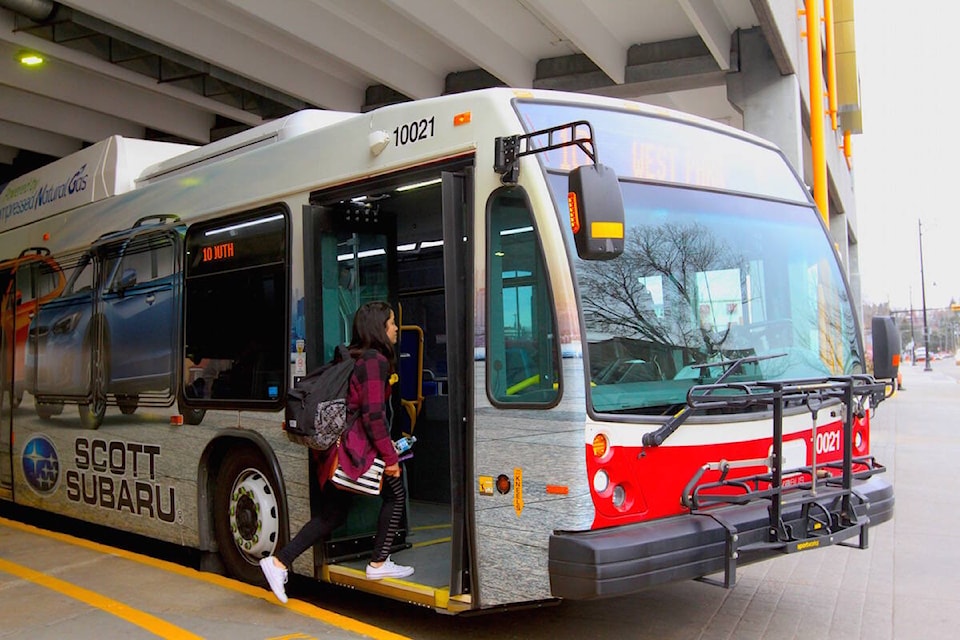The number of Red Deer residents commuting to their jobs fell 22 per cent in 2021 compared with 2016, reflecting a broader national pandemic-related trend.
The number of Canadians “car commuting”— travelling to work by car, truck or van as a driver or as a passenger — declined by 1.7 million — 13.2 per cent — from five years earlier to reach 11 million in May 2021, according to a Statistics Canada report that came out on Wednesday.
The drop in car commuting mainly occurred among those working in professional service industries, while the number of front-line workers commuting by car increased.
Ontario and Alberta led the drop in commuting with the number of people travelling to work falling 20.2 per cent in Ontario and 13.7 per cent in Alberta. Every province and territory, except Yukon and Prince Edward Island, saw commuting numbers fall.
Given the impact of the pandemic on remote work and commuting, StatsCan also compared the 2021 national data with updated numbers from this spring.
That showed that by May 2022, the number of people driving to work was back to 2016 levels, however, transit ridership continues to lag.
Nationwide, the number of commuters travelling more than one hour to their jobs fell by 28.7 per cent in 2021 from 2016.
Red Deer bucks that trend. The percentage of commuters travelling more than 60 minutes to work rose slightly to 4.4 per cent in 2021, compared with 4.2 per cent in 2016.
Commuting by transit bus plummeted across the country. In 2021, the number of Canadians taking a bus to work fell 42.8 per cent from 2016. The drop in use partly reflects the wide range of public health measures in place during the pandemic.
Only 7.7 per cent of Canadians took transit to work last year, the lowest percentage since the data started being collected in 1998.
Ontario had the largest proportional decline in public transit commuting, falling by 56.1 per cent in 2021. The number of Albertans commuting by public transit also fell by over half — 54.6 per cent — from 195,000 riders to 88,000.
In May 2022, the number of public transit commuters higher than in May 2021 but down 40.2 per cent compared with May 2016. May 2022 was the first month since the start of the pandemic in which passenger levels reached 60 per cent of those of the same month in 2019, before the pandemic, says StatsCan.
In Red Deer, transit manager George Penny told city council on Tuesday that transit ridership is only about 55 per cent of what it was pre-pandemic.
The sharp decline in users has prompted the transit department to reach out to Red Deer Polytechnic, other institutions and seniors organizations to find out how the service can be improved.
Among the ideas being considered is expanding digital-on-demand service and going to a cashless system.
In its analysis, StatsCan points to two factors to account for the decline in commuting during the pandemic.
The pandemic caused unprecedented job losses, particularly among businesses that require close physical contact indoors, such as restaurants, retailers and gyms.
As well, the pandemic caused a massive shift toward working at home. In May 2021, there were 4.2 million people usually working at home, over three times the level seen in May 2016 when 1.3 million were counted as working from home. Increases in working from home were concentrated in industries such as professional, scientific and technical services; public administration; finance and insurance; and educational services.
However, with many more Canadians working from home, far fewer were walking or cycling to work compared with May 2016. The number of Canadians walking or cycling to work declined by 26.2 per cent.
That trend in fewer walking commuters does not seem to be the case in Red Deer. In 2016, 1.8 per cent of commuters walked to work and 3.2 per cent in 2021. However, the percentage of cycling commuters fell to 0.65 per cent in 2021 compared with 0.9 per cent in 2016.
— With files from The Canadian Press
